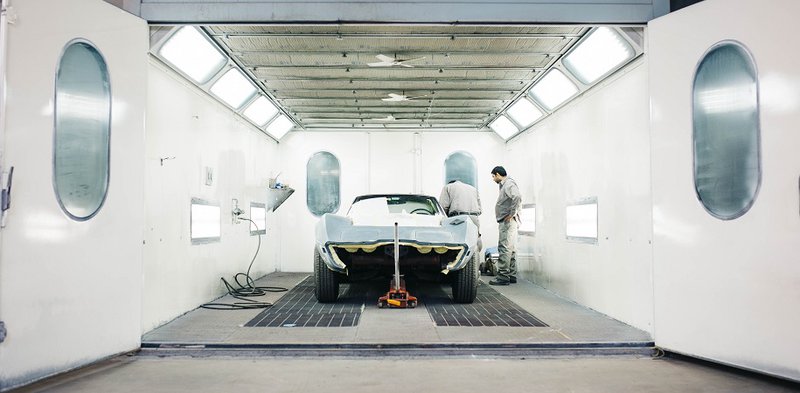
From abrasion to water cycles: Automobile paint testing
Automobile paints ideally have to last the life of the car. To make this possible, manufacturers often carry out a catalog of necessary tests before the paint is used in production.
Examples of relevant tests:
- Abrasion resistance, to provide clear painting durability when abraded or rubbed off.
- Accelerated corrosion, such as salt spray, to replicate areas where automobiles are exposed to road salt during winter driving conditions.
- Accelerated weathering typically consists of 1000-2000 hours of ultraviolet light and water cycling exposure at specific temperatures.
- Chemical resistance to antifreeze, windshield wiper fluid, gasoline, and other motor vehicle-related fluids.
- Environmental exposure to thermal shock and/or temperature and humidity conditions accelerate potential defects due to thermal/environmental changes.
- Paint adhesion to demonstrate the susceptibility of the paint to separate from its substrate.
- Paint (film) hardness to quantify resistance to scratching.
- Paint thickness is a specific requirement for OEMs, as too little or too much can cause many problems.
Together with the tests described above, "measuring" paint is a means to arrive at process decisions using quantitative results. Two useful parameters for monitoring painted surfaces are "colorfulness" and "gloss." These parameters provide numerical values for color difference and gloss retention as a function of exposure. Quantifying the fading or deterioration of an automotive paint system is critical here.
testxchange can put you in touch with a large number of laboratories that can perform paint tests and inspections across the full range of automotive paint tests for you. Contact us today to discuss your testing project!